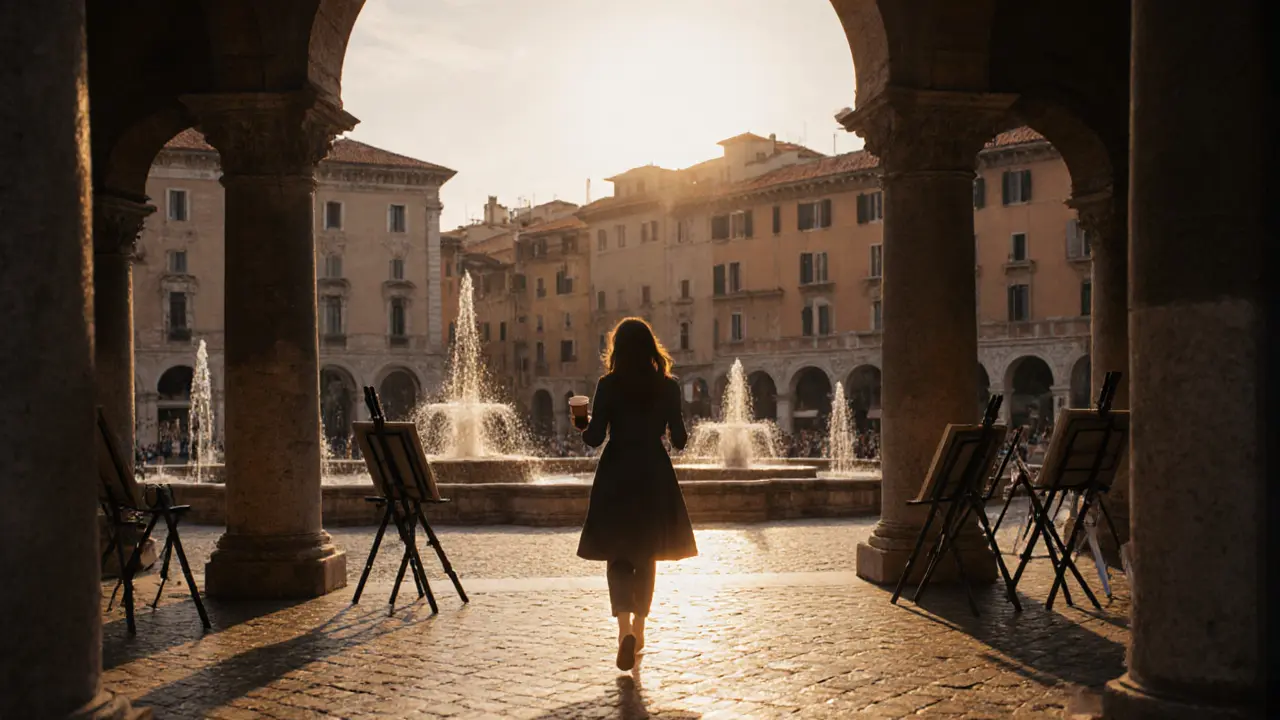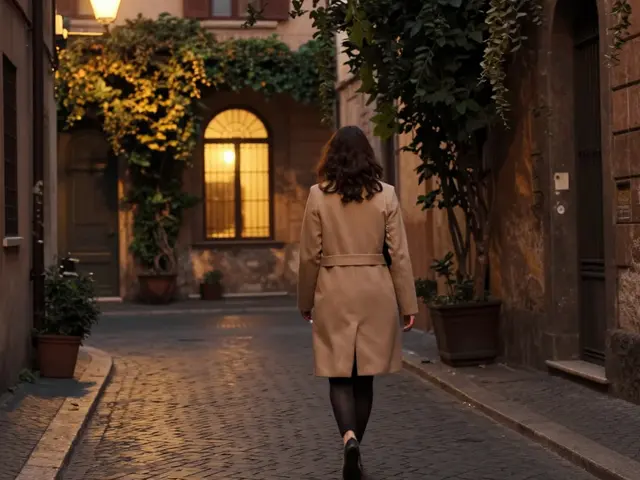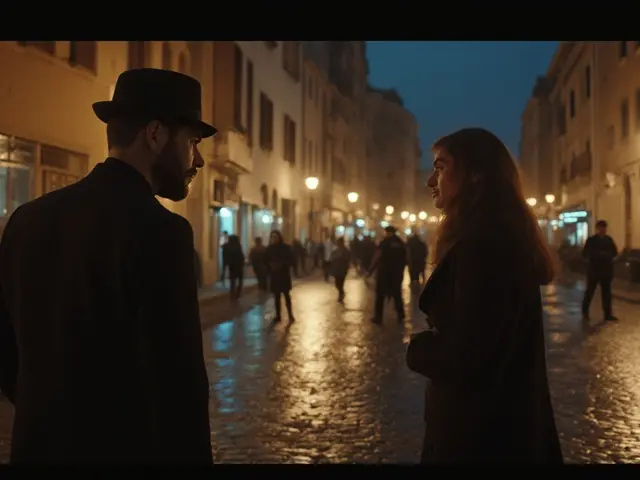When you think of Rome, you picture ancient ruins, espresso bars tucked into alleyways, and the kind of timeless beauty that makes even the busiest street feel like a movie set. But for Lisa Ann, Rome wasn’t just a backdrop-it was a stage. A place where the old world met the new, and where glamour wasn’t just worn, it was lived.
Her Rome Wasn’t the One in Guidebooks
Lisa Ann didn’t spend her days lining up at the Colosseum or snapping selfies at the Trevi Fountain. She found Rome in the quiet corners-the private terraces overlooking Trastevere, the small trattorias where the owner knew her name and never asked about her past. She’d arrive in the early morning, long before the tour buses rolled in, and walk through the Piazza Navona with a coffee in hand, watching the artists set up their easels. She didn’t need the crowds. She needed the rhythm.
Her apartment was on the fifth floor of a 17th-century building near Piazza Barberini. No elevator. Just stone stairs, worn smooth by centuries of footsteps. The windows looked out over rooftops painted in terracotta and olive green. She kept the blinds open even at night. Said she liked the way the city lights reflected off the ancient marble. Said it reminded her that beauty doesn’t need to be loud to be powerful.
Glamour Isn’t About Labels
People often assume glamour means designer clothes, private jets, and red carpets. For Lisa Ann, it was simpler. It was the way she carried herself in a linen dress bought from a local market in Campo de’ Fiori. It was the way she’d order a cappuccino and wait patiently while the barista frothed the milk just right. It was the silence between her words-the kind that made people lean in, not because they were curious, but because they felt something real.
She didn’t hide who she was. But she didn’t flaunt it either. In Rome, she wasn’t ‘Lisa Ann the adult star.’ She was Lisa Ann-the woman who read Dante in Italian, who could name every statue in the Borghese Gardens, who once spent three hours arguing with a street vendor about the best way to make gelato. That’s the kind of glamour that sticks.
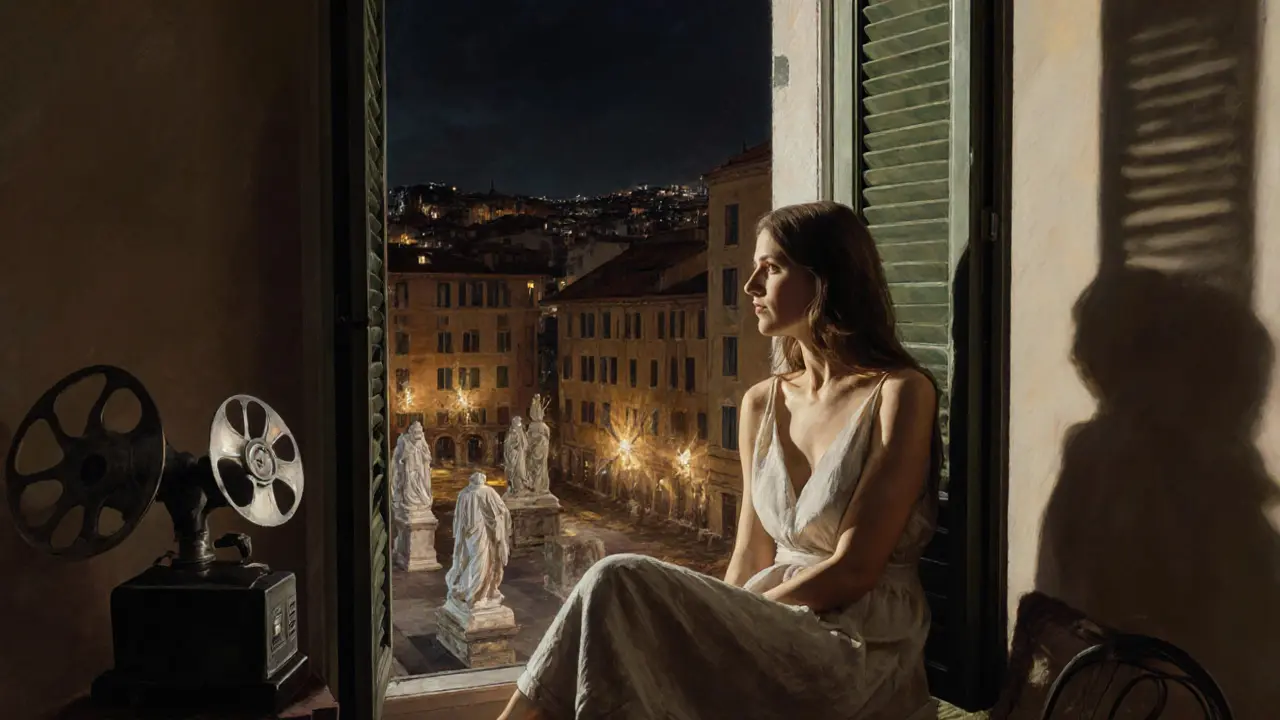
The City Gave Her More Than a View
Rome didn’t just host her. It changed her. She started painting again-something she hadn’t done since her early twenties. She bought a small studio near the Spanish Steps and spent afternoons sketching the shadows on the steps as the sun moved across the city. She said the light in Rome was different. Not brighter, not softer-just more honest. It didn’t flatter. It revealed.
She began collecting vintage Italian films from the 60s and 70s. Not the ones with big names, but the quiet ones-the ones with no dialogue, just music and movement. She’d watch them on a projector she’d imported from Bologna, lying on the floor with a blanket over her legs. She said those films taught her how to be still. How to let silence speak.
She Wasn’t Running From Anything
Some people thought she came to Rome to escape. To disappear. But she never said that. Not once. What she did say was: ‘I came here because I finally felt like I could breathe.’
In Los Angeles, everyone knew her name. In Rome, they didn’t care. And that was the gift. No one asked for autographs. No one tried to sell her a product. No one tried to turn her into a brand. She was just a woman living in a city that didn’t need to define her to appreciate her.
She’d walk past the Pantheon every morning. She never went inside. Said she didn’t need to. She could feel its presence. Like a quiet friend who never asked for anything but showed up anyway.
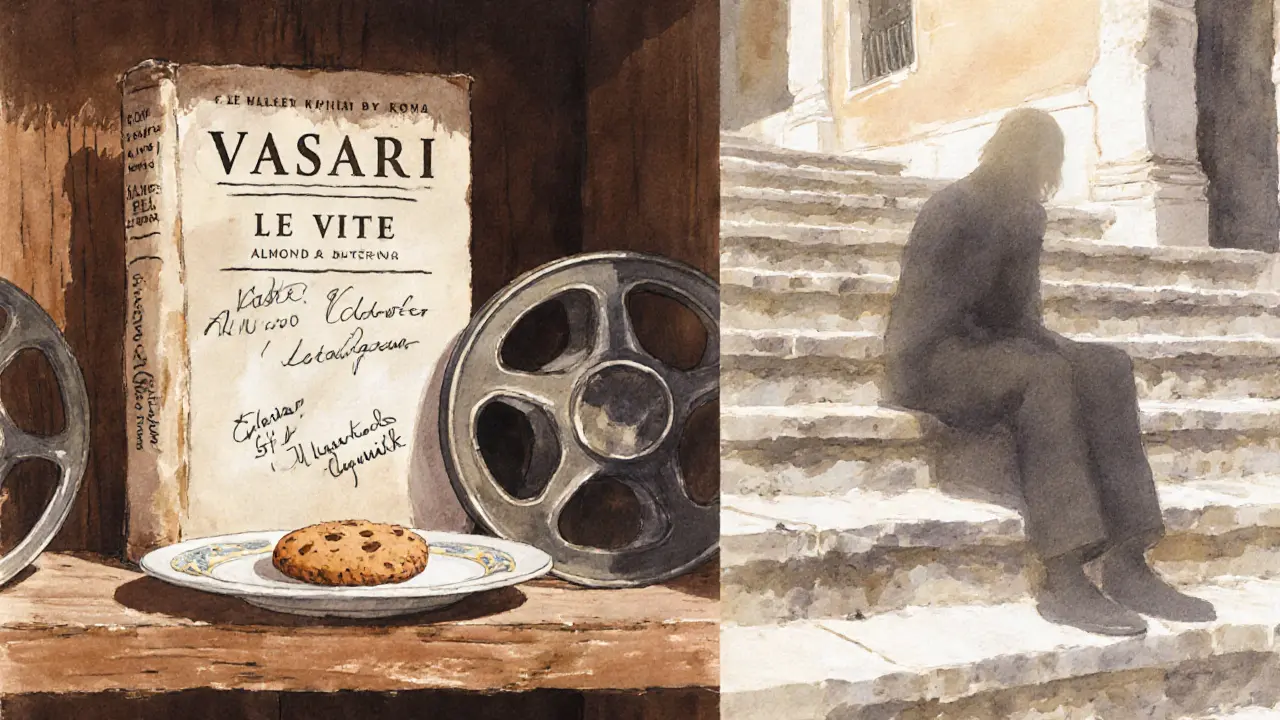
The Real Legacy Isn’t in the Spotlight
Lisa Ann never gave interviews about Rome. Never posted a single photo of the Vatican on Instagram. But if you knew where to look, you’d find traces of her everywhere.
At a tiny bookshop near Piazza del Popolo, there’s a copy of Le Vite by Vasari with her name written in pencil on the inside cover. At a bakery in Monti, the owner still keeps a box of almond cookies behind the counter-‘for the American lady who always took two.’
She didn’t leave behind a mansion or a foundation. She left behind moments. Quiet ones. Real ones. The kind that don’t make headlines but stay with you long after the noise fades.
Why Rome Chose Her
Rome doesn’t welcome everyone. It doesn’t need to. It’s been around too long to care about trends. But when it finds someone who understands its soul-someone who doesn’t try to own it, just to be part of it-it lets them stay.
Lisa Ann didn’t try to change Rome. Rome changed her. And in the end, that’s the only kind of glamour that lasts.
Did Lisa Ann live in Rome full-time?
Yes, for over five years, Lisa Ann lived in Rome primarily, splitting her time between her apartment near Piazza Barberini and a small studio in Monti. She traveled occasionally for work but always returned to the city. She called Rome her ‘emotional home’-a place where she felt most like herself, away from the pressures of the industry.
Was Lisa Ann involved in the adult industry while living in Rome?
She continued to work in the adult industry during her time in Rome, but on her own terms. She took fewer projects, focused on creative collaborations, and often worked with directors who respected her desire for privacy. She rarely did public appearances and avoided social media promotion. Her work became more intentional, not less.
Why did Lisa Ann choose Rome over other European cities?
She chose Rome because it offered a rare balance-history without pretension, culture without pressure. Unlike Paris or London, Rome didn’t demand she perform. She could be anonymous, yet still surrounded by beauty. She said other cities felt like they were trying to sell her something. Rome just let her be.
Did Lisa Ann ever speak publicly about her life in Rome?
Very rarely. She gave one short interview in 2020 to an Italian art magazine, where she talked about how Rome influenced her art and personal growth. She refused all mainstream media requests. Her silence wasn’t secrecy-it was protection. Of herself, and of the peace she found there.
Is there a public memorial or tribute to Lisa Ann in Rome?
No official memorial exists. But locals remember her in small, quiet ways. The bakery in Monti still serves her favorite cookies. The bookshop keeps her annotated copy of Vasari. A mural near the Spanish Steps, painted by a local artist in 2023, shows a woman sitting alone on steps, looking out over the city-no face, just shadow. Many who’ve seen it say it feels like her.

